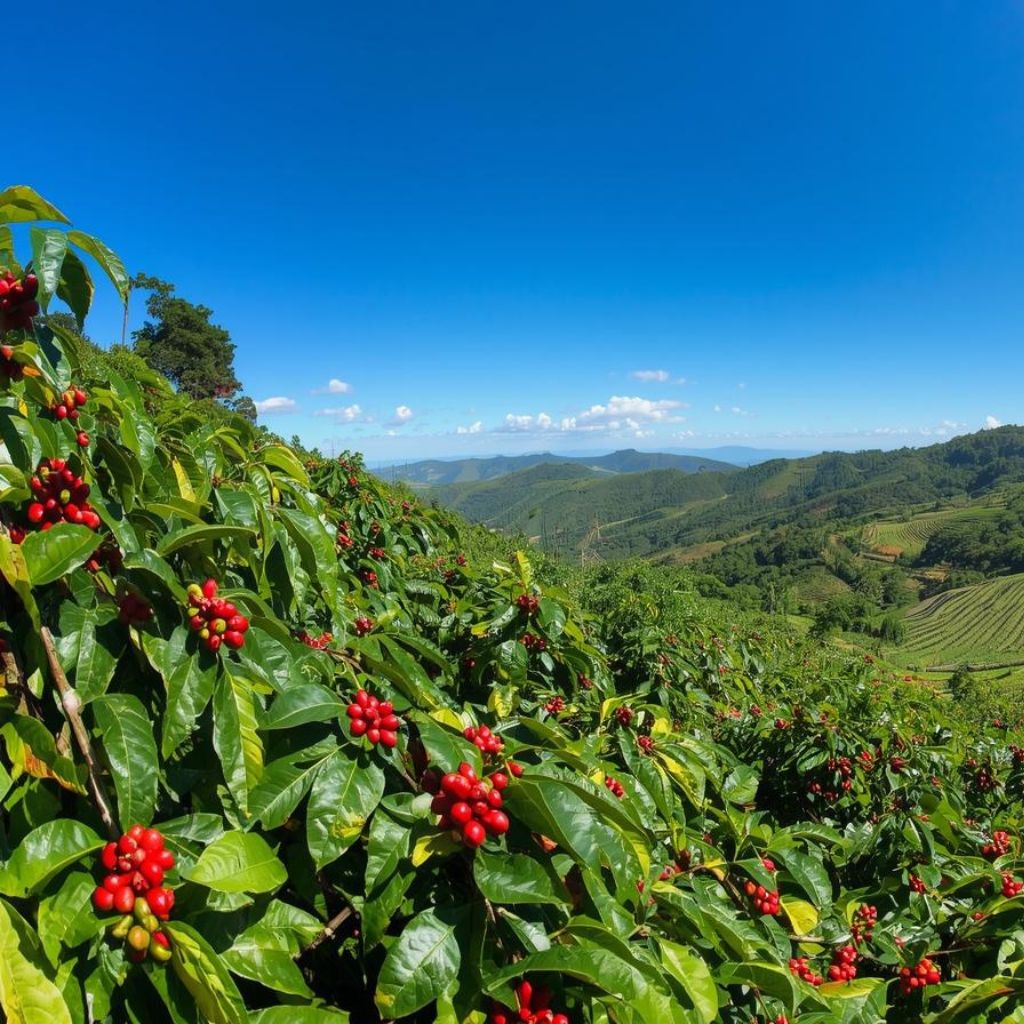
Arabica vs. Robusta: What’s the Real Difference?
If coffee is part of your daily rhythm, it’s worth knowing what’s in your cup. The world’s two most popular coffee species — Arabica and Robusta — each bring their own flavor, strength, and story to your brew.
Whether you sip slowly or fuel up fast, here's a clear breakdown of how these two beans differ in taste, origin, caffeine, and cost.
Where They Come From: Growing Regions & Conditions
Arabica (Coffea arabica)
-
Native to the highlands of Ethiopia
-
Grows best at high altitudes (3,000+ feet) in cool, subtropical climates
-
Needs shade, rich soil, and stable temperatures
-
More fragile and demanding to grow
Robusta (Coffea canephora)
-
Native to sub-Saharan Africa
-
Thrives at lower altitudes (sea level to 2,600 ft), especially in Vietnam and West Africa
-
Tougher against heat, pests, and disease
-
Easier to grow and produces larger yields
Bottom line: Arabica is delicate and high-maintenance; Robusta is tough and resilient.
What They Look Like: Bean Shape & Surface
-
Arabica beans are oval-shaped, slightly larger, and have a curved crease down the middle. They tend to look shinier due to their higher oil content.
-
Robusta beans are smaller, rounder, and paler in color, with a straighter crease.
Bottom line: Arabica looks sleek and refined; Robusta is rougher and more rugged.
Taste Test: Flavor Differences
Arabica:
-
Smooth, sweet, and nuanced
-
Tasting notes often include fruit, floral, or chocolatey hints
-
Higher acidity gives it a bright, crisp finish
Robusta:
-
Stronger, more bitter, and bold
-
Earthy or woody flavors, sometimes with a grainy or burnt note
-
Often used in espresso blends or instant coffee for its punch
Bottom line: Arabica is for flavor lovers; Robusta is for those who like it strong and bold.
Caffeine Content: Who Packs More Punch?
-
Robusta contains nearly twice the caffeine of Arabica
-
Robusta: 2.2–2.7% caffeine
-
Arabica: 1.2–1.5% caffeine
-
-
More caffeine makes Robusta naturally pest-resistant
-
Higher caffeine = more bitterness
Bottom line: Need a serious wake-up call? Robusta wins on caffeine.
Sugar, Oils & Smoothness
-
Arabica beans contain more natural sugars and lipids
-
Roughly 60% more oils and almost double the sugars
-
-
This boosts sweetness, mouthfeel, and overall complexity
Bottom line: Arabica is smoother, sweeter, and more balanced.
Price & Production: Why Arabica Costs More
-
Arabica requires cooler climates, careful farming, and hand-picking
-
Robusta is easier and cheaper to farm, with higher yields
-
Arabica dominates specialty and premium coffee markets
-
Robusta is widely used in mass-market blends and instant coffee
Bottom line: Arabica = premium price, premium flavor. Robusta = cost-effective, high volume.
So... Which Coffee Bean Should You Choose?
It depends on your taste and how you take your coffee:
-
Go with Arabica if you enjoy a smooth, sweet, aromatic cup with layers of flavor.
-
Try Robusta if you want a stronger, more bitter brew with an extra caffeine kick.
Many popular blends mix both to balance cost, strength, and flavor.
Final Sip
Understanding the difference between Arabica and Robusta helps you become a more informed coffee drinker. Whether you’re picking beans for home brewing or curious about what’s in your cup, knowing what each bean brings to the table makes every sip more meaningful.
Next time you take a sip, you'll know the story behind the beans — and maybe even discover a new favorite.
